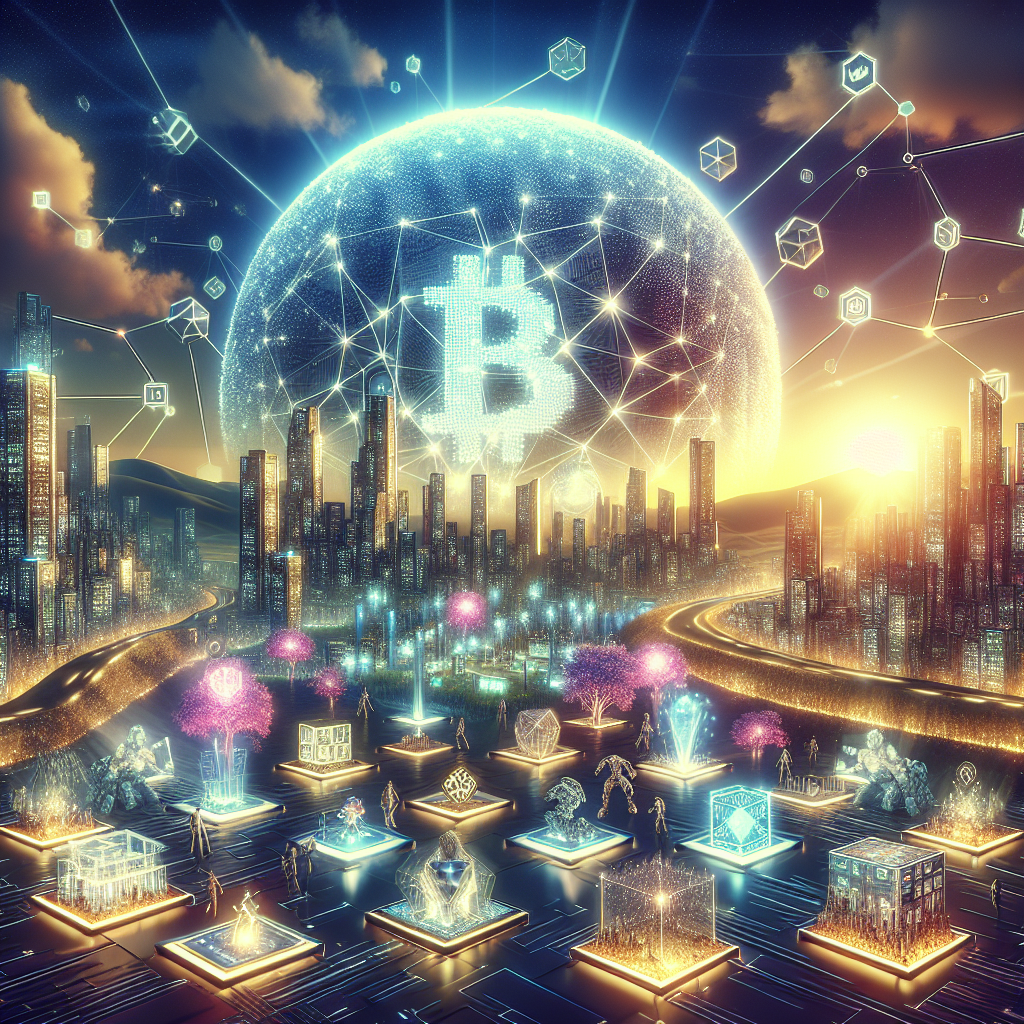Blockchain Games: A New Era of Digital Ownership and Play-to-Earn Adventures
The Rise of Blockchain Games: A New Era in Digital Entertainment
\n\nThe gaming industry has been evolving rapidly over the past few years, with blockchain and Web3 technologies revolutionizing the scene. The promise of decentralized systems and true ownership of in-game assets is enticing both developers and players to explore this new frontier. Here’s how blockchain is reshaping the gaming landscape.
\n\nUnderstanding Blockchain and Its Impact on Gaming
\n\nBlockchain technology is essentially a decentralized ledger that facilitates secure and transparent transactions. In the gaming world, this translates to players having verifiable ownership of their in-game assets, such as characters, weapons, and other collectibles. This shift towards decentralization is enabling games to offer what's known as "play-to-earn" models, where participants are rewarded for their activities within the game. This model contrasts sharply with traditional games, where assets typically remain the property of the developers.
\n\nOne of the pioneering platforms in this arena is Axie Infinity, a game that allows players to earn tokens through gameplay, which can subsequently be traded or sold for real-world currency.
\n\nThe Potential of NFTs in Gaming
\n\nNon-Fungible Tokens (NFTs) have become a buzzword in the gaming sector. NFTs are unique digital assets stored on the blockchain, representing ownership of a given item in the digital space. In gaming, this means that each sword, helmet, or even character can be tokenized as an NFT, providing verifiable uniqueness and ownership. This mechanism empowers players to truly own their game assets, trade them on open markets, and even enjoy royalties on future sales.
\n\nFor more information on NFTs and their applications in gaming, you can visit OpenSea, a leading NFT marketplace where gaming items are frequently traded.
\n\nMarket Growth and Opportunities
\n\nThe growth of blockchain games is indicative of the broader adoption of these technologies. Market analysts suggest that the global blockchain gaming market will experience exponential growth in the coming years. The play-to-earn model, combined with the allure of NFTs, is drawing not just gamers, but also big tech investors eager to explore the potential for profit in decentralized gaming ecosystems.
\n\nAn article from Forbes highlights how traditional game companies are starting to incorporate blockchain elements to keep up with this trend, often by collaborating with blockchain startups or acquiring them outright.
\n\nChallenges and Adoption
\n\nDespite the many opportunities, blockchain games still face significant challenges. These include technological barriers, such as scalability issues of blockchain networks, and regulatory hurdles, as governments and regulators are yet to catch up with the rapid developments in this field. Furthermore, there is a need for improved user interfaces to make blockchain games more accessible to the average gamer.
\n\nThe ecosystem is growing, albeit with some bumps along the way. However, innovations from platforms like Polygon aim to alleviate some of these issues by offering scalable solutions tailored for the gaming sector.
\n\nThe Future of Gaming in a Decentralized World
\n\nAs blockchain technology continues to mature, it holds the promise of redefining the gaming industry. The vision for a decentralized, player-driven ecosystem where gamers are more than just consumers, but also owners and developers, is being realized. Blockchain games continue to push the boundaries of what is possible, making it an exciting time for both developers and players.
\n\nFor continuous updates and a deeper dive into blockchain and Web3 games, consider following resources like Decrypt, which covers the latest news and insights in the blockchain world.
